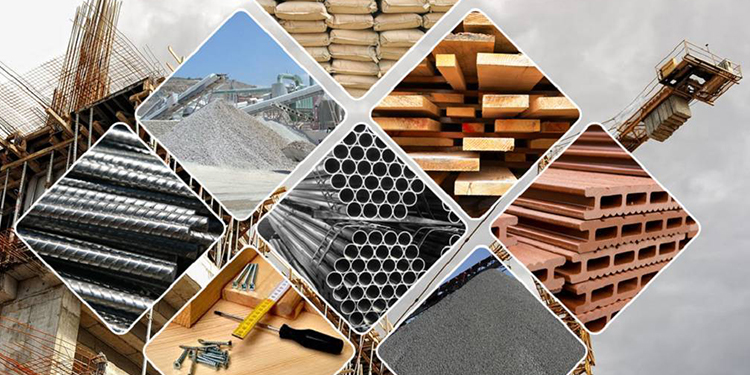
What Types of Construction Materials Are Used For Buildings?
Concrete, steel, wood, and masonry are only few of the building materials utilised in construction. Each material has its own set of characteristics, such as weight, strength, durability, and cost, that make it suited for specific purposes. The construction materials are chosen based on their cost and ability to withstand the loads and strains operating on the structure. As a structural engineer, I collaborate with my clients to determine the materials that will be utilised in each project based on the size and purpose of the structure.
Building materials manufacturing is a well-established and standardised industry that can provide a consistent supply of high-quality materials for our structures. Quality control procedures for structural-grade construction materials include inspection and testing in accordance with national standards and scientific testing methodologies.
One of the structural engineer's roles is to prepare the project specifications, which must include all building materials as well as any necessary regulations and provisions. Specifying the quality and qualities of the materials to be utilised is an important aspect of any project.
Natural building materials, such as stone and wood, and man-made building materials, such as concrete and steel, are the two broad types of construction materials. Before being used in a structural application, each of these groups normally require some level of preparation or treatment. The materials I utilised the most in engineering consulting projects are listed below.
Concrete is a composite material created by combining cement with aggregates like sand and crushed stone, as well as water. The ratios utilised in the mix design determine the qualities of concrete. As a result, concrete providers are required to give material attributes and test results for each concrete patch.
Concrete can be poured into form works in any shape or form, but it takes time to cure into a stone-like material. Concrete can take up to 7 days to attain the bulk of its strength, and curing must be done carefully to avoid cracking or a reduction in capacity. Concrete is a really adaptable material, and I use it whenever I need a combination of strength and longevity. Concrete, for example, is a great material for building foundations where the structure's weight meets the ground. This necessitates both strength and endurance in order to endure contact with the surrounding soil.
When exposed to compression pressures, concrete is extremely strong; nonetheless, it is brittle and has low tensile strength. Reinforced concrete, when combined with steel rebar, is stronger and more suited for a wide range of constructions, including tall multi-story buildings, bridges, roadways, tunnels, and a variety of other uses.


Leave a Reply